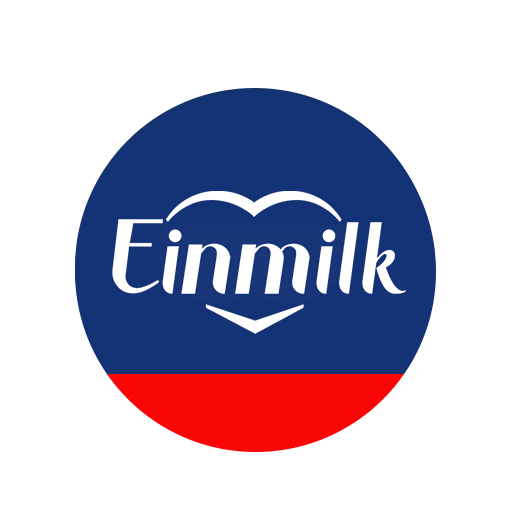Babies flourish on an exclusive diet of breast milk or formula for the first six months of their lives before they are introduced to solids, either through traditional weaning methods or Baby Led Weaning. Regardless of the method, extra care should be given to the ingredients used when introducing solids as some babies may be allergic to a certain food.
Food allergies occur when the body recognises a particular food as harmful and triggers the immune system to create antibodies to fight the food allergen. If the body is too sensitive, even touching or breathing in food can trigger a reaction.
Allergies vary from mild to severe and in some cases, can be potentially fatal. Reactions can occur within minutes or up to two hours after being in contact with the food.
A staggering 90%¹of all reactions in children can be attributed to eight common allergens: eggs, milk, peanuts, soy, wheat, tree nuts (e.g. walnuts and pecans), fish and shellfish.
Symptoms of Food Allergies
Symptoms can present in any of these areas of the body:
- Skin
Itchy red bumps, eczema, redness and swelling of the face, swelling or the lips and tongue - Gastrointestinal tract
Tummy ache, nausea, vomiting or diarrhoea - Respiratory system
Runny or stuffy nose, sneezing, coughing, wheezing or shortness of breath - Cardiovascular system
Dizziness or fainting
What to do if your child has a food allergy
Medical attention is necessary if your child exhibits the signs of a food allergy as the doctor can conduct further allergy tests to find out what else your child is allergic to. As food allergies are unpredictable, the same food that caused a mild reaction could cause a more severe reaction at the next feeding.
First foods
Soft first foods that seldom cause allergic reactions include avocado, banana, steamed butternut squash or sweet potato, steamed carrots and pear. Babies benefit from wholesome, fresh foods which will provide them with the necessary nutrients to grow healthily.
If you are following the traditional weaning method, you may want to make a puree using fruit or vegetables. You can start off with mild tasting foods like potatoes, avocado, spinach or the stronger tasting ones like carrot, pumpkin and beetroot. Puree can be made in advance, frozen and reheated.
When to Introduce Allergens
For decades, it was widely believed that allergenic food was to be avoided until a certain age in childhood. However, there has been growing evidence that controlled early exposure of allergens to young children could be beneficial in helping them develop immunity.
If your baby is at high risk of being allergic to foods, consult your doctor who can arrange for your child to be exposed to allergenic food in a controlled and safe setting. Termed as a “desensitisation” treatment, the process involves giving the child precisely measured doses of allergenic food in increasing doses in order for the body to rewire its response to the food.
At home, however, do observe your baby during mealtimes and record your baby’s meals, so that if an allergic reaction occurs, it would be easier to pinpoint the food which caused the allergy.
Does your baby have a food allergy? Share with us some tips on how you manage it in the comments below!



